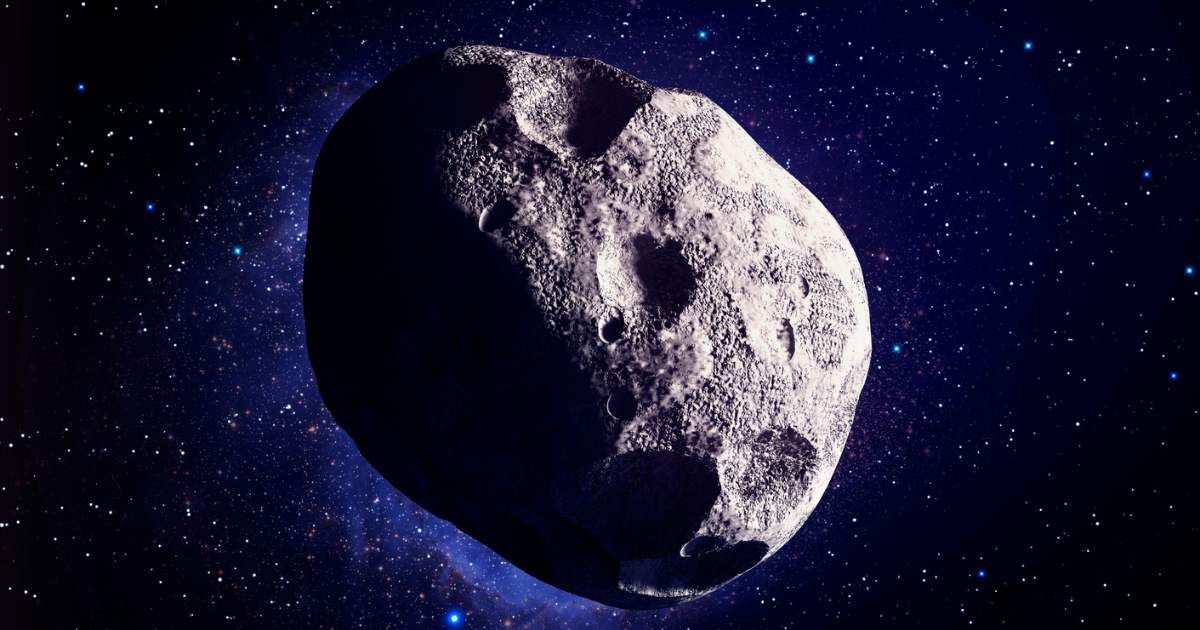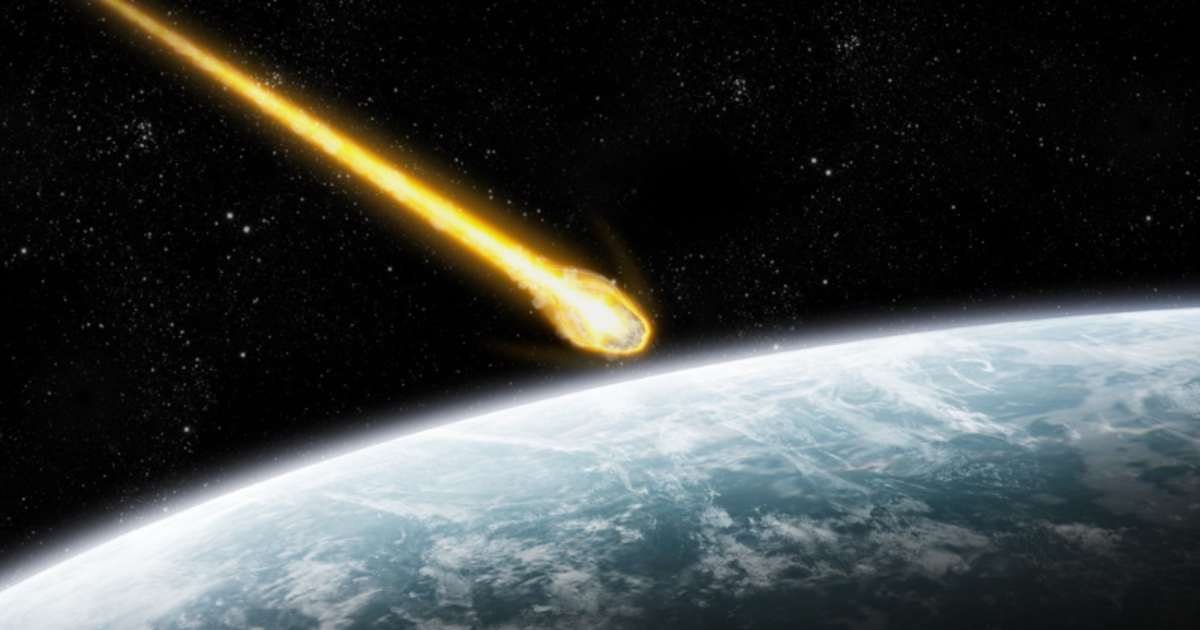Research on Ryugu asteroid uncovers minerals older than any found on Earth

Hayabusa2, the uncrewed Japanese spacecraft, successfully returned in 2020 with small fragments from the near-Earth asteroid Ryugu. It then provided researchers with the first perfect set of samples from a carbon-rich asteroid. The research came out in the April 19, 2024, issue of Geosciences. Grains from those samples were studied at the National Synchrotron Light Source II (NSLS-II) and this research revealed new details about the asteroid's composition and origin.

The said information could help answer important questions about how water and organic matter existed on early Earth, forming the building blocks of life, noted Phys.Org. NSLS-II is a U.S. Department of Energy (DOE) Office of Science user facility at Brookhaven National Laboratory. The research collaboration involves scientists from Stony Brook University, Brookhaven Lab, the State University of New York at Plattsburgh, the Tokyo Institute of Technology, and Brown University.

The Hayabusa2 mission was carried out by the Japan Aerospace Exploration Agency (JAXA) and it launched in December 2014 and landed on Ryugu in February 2019. On December 6, 2020, the spacecraft flew by Earth to drop off sample capsules. These capsules were safely protected by parachutes that opened after falling through the atmosphere. The mission aimed to collect samples from Ryugu. This would help scientists better understand the origin and history of primitive, organic-rich asteroids. In turn, this knowledge could provide more insight into how the planets in the solar system formed.
Ryugu, discovered in 1999, likely came from a larger proto-planetary body that formed in the cold outer regions of the solar system. Its composition would have included water ice and carbon dioxide ice. This body underwent mild heating to about 212 degrees Fahrenheit (100 degrees Celsius) due to short-lived radioactive elements. This heating melted the ice and released fluids that interacted with and changed its original mineral and organic components, leading to the formation of many secondary compounds. These processes created new minerals not found on Earth and triggered the formation of complex organic molecules like amino acids, which are essential building blocks for life.
All of this occurred about 4.7 billion years ago, and the material has remained largely unchanged in interplanetary space since then. The samples collected from Ryugu contain evidence of these processes from the early days of the solar system. Earth is constantly changing, and over time, its natural processes have erased most of the chemical evidence of how the solar system first formed. Asteroids like Ryugu preserve this vital part of the solar system's history. Researchers obtained two tiny Ryugu grains through a competitive process. One grain came from the surface, while the other came from below.
At NSLS-II, they used noninvasive X-ray methods to show each sample's elemental composition, distribution, and molecular structure without cutting them. "The beauty of these combined techniques is that we can measure the chemistry of both the exterior and the interior of a sample without damaging it. This is important to preserve such rare and unique samples, especially when hundreds of researchers are competing for access to so little material,” noted project lead, Paul Northrup of Stony Brook University in the press release. At NSLS-II, researchers studied Ryugu grains using X-ray fluorescence microtomography and tender X-ray microspectroscopy.

They discovered a rich mix of minerals and compounds, including selenium, manganese, iron, sulfur, phosphorus, silicon, calcium, and copper. These findings showed several fluid-driven changes that shaped the asteroid’s composition. Sulfur chemistry provided important clues about fluid interactions and the formation of organic matter. The results help reconstruct the mineral history of Ryugu and other carbon-rich asteroids. The team plans to compare these insights with Bennu samples recently returned by NASA’s OSIRIS-REx mission.









